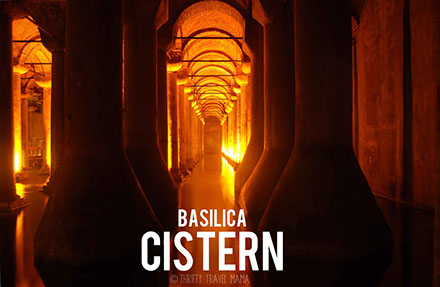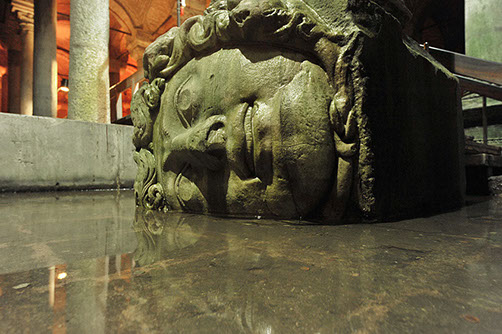
This cistern the size of a cathedral is an underground chamber of approximately 143 meters by 65 meters - around 9,800 m2 of surface - capable of holding 80,000 m3 of water (other sources point out approximately 100,000 m3). The ceiling is supported by a forest of 336 marble columns, about 9 meters high, arranged in 12 rows of 28 columns separated by 4.8 meters.



basilica cisterna
CHARACTERISTICS





%20and%20ishtar%20gate%20in%20babylon%20model%20at%20the%20pergamonmuseum.jpg?crc=87277929)







